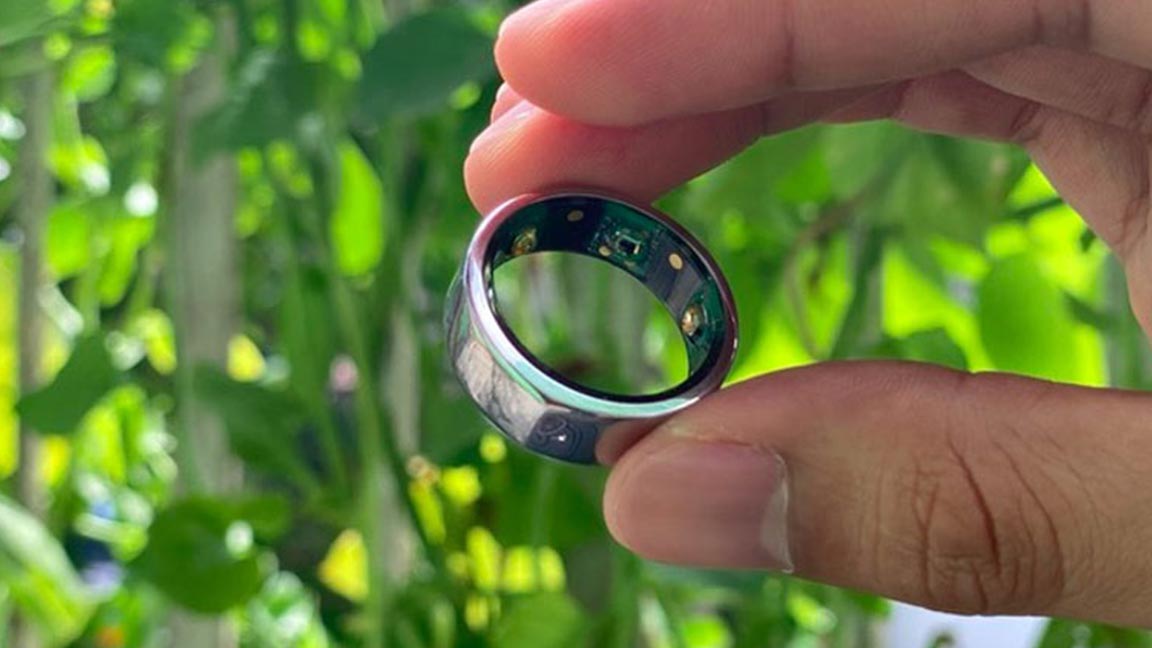You may put a ring on it sooner than you thought – here’s why.
The wearable technology market, once dominated by pervasive smartwatches, is witnessing a steady ascent of a new contender: the smart ring.
The compact devices, which often pass off as regular jewellery, are now positioned at the forefront of technological innovation, driven primarily by startups but soon to be championed by tech giants.
For over a decade, smart rings have quietly been carving out their niche. Predominantly manufactured by smaller startup companies, their journey began under the radar.
Despite their deceptively simple appearance, the mechanics behind smart rings are intricate. Each ring is embedded with sensors and chips, enabling a variety of functions from gesture recognition to vibrating notifications.
Beyond basic notifications, these rings are being employed for more advanced use cases, including health monitoring, digital payment facilitation, and online security. A standout example is the “Wave for Work” by Genki Instruments, which has tapped into the realm of app management through finger gestures.
The initial momentum for smart rings can be credited to startups such as GO2SLEEP, Oura, Motiv, and THIM. Each brought unique functionalities to the table, with Oura notably emerging as a leader, offering both design aesthetics and utility through features like sleep and exercise monitoring.
Big Tech Enters the Ring
The potential of smart rings has not gone unnoticed by tech powerhouses. Samsung, a seasoned player in the wearable technology market, is gearing up to stake its claim with the rumoured “Galaxy Ring”. The device, touted to be a reservoir of biometric and physiological data management capabilities, underscores Samsung’s vision for this segment.
As reported by the news outlet Android Authority, Samsung secured a patent for the device in 2022, and the “Galaxy Ring” trademark received approval from the Korean Intellectual Property Right Information Service (KIPRIS).
Apple, not to be outdone, has also been associated with smart ring developments since 2021. Preliminary details, sourced from patents, allude to the integration of the ring with other Apple products, suggesting a broader application scope for the device in the near future.
Current market data, which forecasts the smart ring industry’s growth from $5 million to a staggering $23 million by 2030, testifies to the segment’s potential.
The burgeoning interest from industry stalwarts like Samsung and Apple lends credence to the hypothesis of smart rings transitioning from a specialty gadget to a mainstream technological staple.







